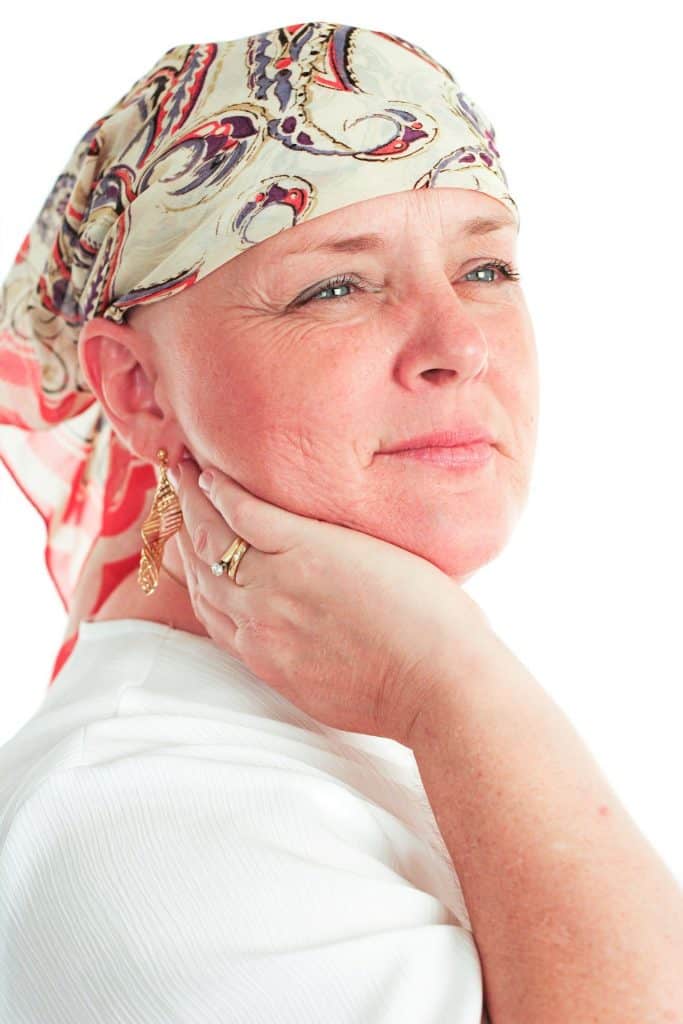

 Want to earn continuing education credit for this article? Learn more.
Want to earn continuing education credit for this article? Learn more.
If you were a graduate of massage school 10 or more years ago, you were probably told that in no way shape or form were you to massage a client with an active case of cancer. There may have been individual instructors or fellow massage therapists who spoke quietly of the possible benefits, but it was all done quietly and behind closed doors.
The claims of massage therapists and even clients who say they had benefited from massage had been considered purely anecdotal when it came to cancer. There was a fear among medical professionals, who knew little about massage therapy, that hands-on body work might spread cancer, impede healing, or interfere with treatment.
Yet, despite misgivings, many massage therapists persevered and began to study the effects of massage on cancer patients. Today, according to the Society for Oncology Massage, there are at least 140 hospitals in 38 states and the District of Columbia incorporating oncology massage into their contemporary treatments as well as offering training. This includes such well-known facilities as the Dana Farber Cancer Institute, several locations within the University of California Medical Centers, Johns Hopkins Breast Cancer Center and Memorial Sloan Kettering Cancer Center.
One of the first publications addressing massage therapy for cancer was Medicine Hands by Gayle MacDonald, originally published in 1999; it was updated in 2014 to reflect the changing attitudes towards hands-on bodywork and new protocols.
Who Should Offer Oncology Massage?
Most medical professionals agree that only someone trained specifically in oncology massage should work on patients with cancer. The training offered is not about learning new strokes or techniques, but about the pathology of cancer itself and how methods already known by a massage therapist can be used and adapted in the presence of cancer, its treatment (such as chemotherapy and radiation), how the patient is affected and how massage may help during the recovery and remission stages. This education and training is beyond the scope of basic training in most massage schools in the United States, but introductory material may be available in continuing education courses with more specific instruction, including hands-on internships, being given in hospitals or other facilities around the country.
What Is Oncology Massage?
Oncology massage is massage therapy that has been adapted for use for those with cancer or in recovery after traditional cancer treatment. The time frame can range from the onset of discovery of cancer, through remission to good health, or continuing in hospice settings as a part of palliative care. Most massage therapy could be considered to be using pretty much the same techniques on everyone with some personalization because of body size, specific aches and pains, client preference and/or massage therapist specialization. For example a pregnant woman would receive a different style of massage than someone who is recovering from running a marathon, but basic strokes and considerations would be similar.
With oncology massage there are additional concerns, including the effects of radiation and chemotherapy, medications, surgeries, catheters, shunts, pumps or other inserted devises, and overall stamina of the client. Further concerns would include a depression of the client’s immune system and a vulnerability to such things as bacterial pneumonia or fungal infections. The massage therapist wanting to work on cancer patients needs to know how these all affect the client and how various massage techniques could help, hinder or intensify these issues.
Another difference, as compared to standard procedures, is that the massage therapist should work closely with the client’s oncology team, exchanging SOAP notes, with all sides being informed as to what each is doing, experiencing and providing.
How Does Massage Help Cancer Patients?
When used according to current protocols massage can help in many ways. The first thing to do though, before proceeding with any massage therapy, is to get clearance from the client’s oncology team.
Second, find out more about the type of cancer the client has, where the client is with regard to treatment phase and projected outcome.
Third, conduct a thorough intake. It is advisable to have a form specially designed for use with cancer patients. (If you work in a hospital this may be provided for you.) This will help determine the type of massage as well as the duration of massage based on the client’s diagnosis, comfort level and depth of pressure tolerance. The client receiving cancer treatment often becomes highly sensitive to touch or experiences itching, burning or tingling sensations. These will all influence the technique and length of time considered for a massage session.
Massage therapy is not a cure for cancer, but it can help with side effects. According to MacDonald, “By making the right adjustments, massage can be given at nearly every stage of cancer treatment… Skilled touch provides comfort, connection, or distraction. It offers support during medical procedures … Fatigue can be alleviated or wholeness regained.” The one exception for receiving any kind of hands-on bodywork is during radiation therapy, at which time the client’s body becomes radioactive.
The diagnosis and treatment of cancer can be a devastating experience. Though there are treatments and even cures for many cancers, the conventional medical treatment has, in the past, not addressed the patient’s emotional needs. Often those around the patient diagnosed with cancer do not want to touch them wither for fear of hurting them or coming in contact with the disease. As many studies over the years have shown, touch is an important aspect of healing. It has been shown to improve immune system functionality, reduce stress and fatigue, alleviate depression and anxiety, as well as improve overall self image.
If you are considering getting into the field of oncology massage, look into taking some continuing education courses to get an understanding of what is involved. If you feel drawn to it get in touch with other qualified massage therapists and consider training or doing an internship with a hospital near you that offers massage as part of an overall treatment plan for their patients with cancer.
Earn continuing education credit for this article contained in our Common Pathologies & Complaints series. Click here to enroll.
Recommended Study:
Cancer & Massage
Hospice-Based Massage
Oncology Massage: Fact vs Myth
Touch for the Seriously Ill















